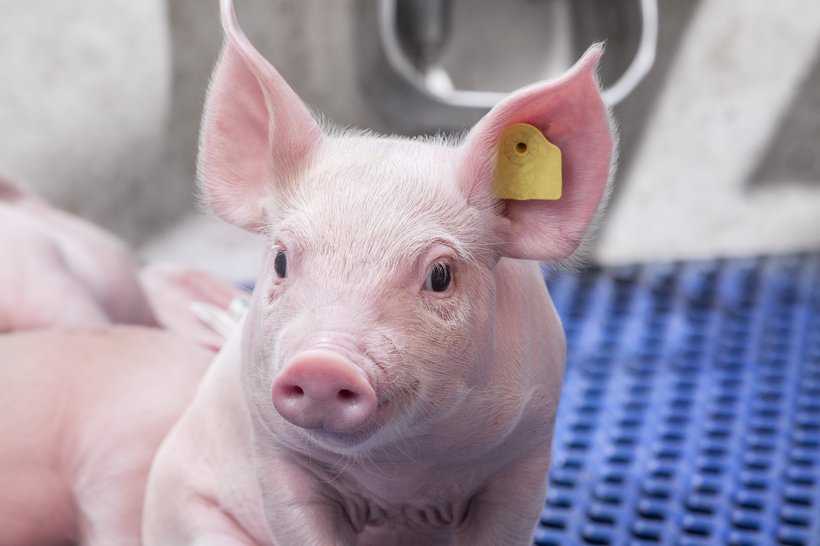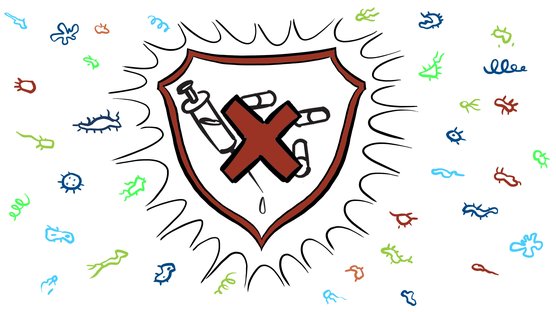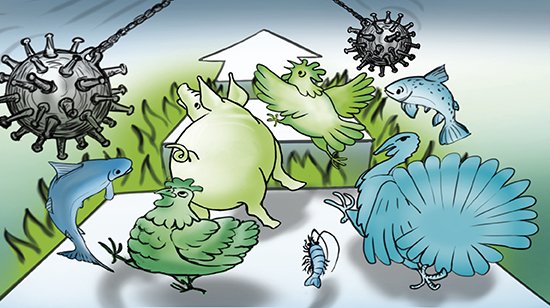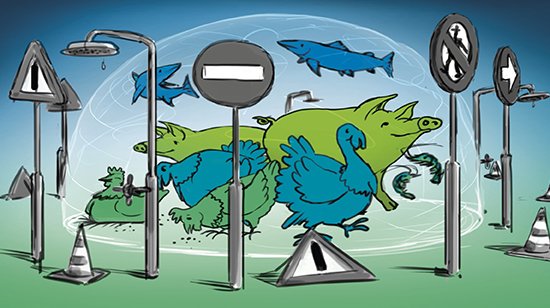
Published on March 31, 2020
High quality animal genetics are key
Ensuring high quality requires continuous improvement: daily, weekly, monthly and annually. We achieve significant progress through our balanced breeding programs. By using innovative measuring techniques, research, implementation of data science and the right selection of mating candidates, we deliver an average 1% improvement with each pure line generation. It may seem a small margin, but a 1% improvement in performance of our pure lines has a big impact on global food production.
Large scale effects
What does 1% improvement in the context of global food production actually mean?
Hendrix Genetics is helping to meet the global food challenge by taking a high-quality, balanced breeding approach to improving animal genetics. This means that we tackle improvement of a wide array of traits in our breeding animals, ranging from economic traits to animal welfare.
Measurable impact
The number of animal on our planet is phenomenal. For example, at any one time there are a total of around 19 billion chickens and 680 million pigs. The feed they eat is converted into animal protein.
Pigs
Using the global pig population of 680 million pigs as an example. An average individual pig needs 2.5 kg to 3.0 kg of feed to gain 1.0 kg of liveweight. If we only breed the pigs that are most efficient in turning feed into meat, and need less feed, feed bills can be lowered , which in turn, reduces the amount of global resources required feed these animals. To illustrate this in a very simplistic way: 680 million pigs grow on average to 100 kg of liveweight. They need to eat 2.5 kg per 1.0 kg of liveweight. With an improvement of 1% better feed efficiency in pigs,1.7 billion kg of pig feed can be saved globally. That’s a lot!
Layers
With laying hens, the differences are even more significant. Laying hens are the world’s most efficient protein producers. Each hen converts 2.0 kg of feed into 1.0 kg of edible protein. On average, a hen lays 350 eggs in her lifetime. It has been scientifically proven that our hens live happier, longer lives and can lay more than 500 first quality eggs per hen housed. That represents an increase of 43% compared to hens bred from other genetic sources. With the same amount of laying hens, the world could have 43% eggs more by choosing Hendrix Genetics’ layers.
In developing countries, increased numbers of eggs are a very important benefit in meeting human demand for high quality protein. Hens can be a family investment that provide eggs to help beat malnutrition, and can be traded for other goods, or sold to enhance income. People having to live in poverty are better off if they have hens, according to Bill Gates. Together with the Bill and Melinda Gates Foundation, Hendrix Genetics helps fight poverty and malnutrition in Sub-Saharan Africa, by ensuring that more people have access to higher quality animal genetics.
How do we improve animals continuously?
To answer this, a reminder of some basic facts can be helpful. Animal genetics involves the study of genes. It also involves selecting the best of the best animals to improve the average outcome of the entire next generation of animals. The DNA of separate individual animals differ, and define most of the differences in the physicality of an animal. For example, sows can have 14, 15 or 16 teats due to their genetic predisposition.
Hendrix Genetics embraced balanced breeding as a standard years ago. To us it was obvious that we had to consider the entire value chain to contribute to improving its efficiency as a whole - not just one single part of it, or one single animal trait in breeding. All parts of the value chain and all animal traits in breeding are linked and function almost as though they are the intricate mechanism of an old-fashioned mechanical clock.
In the example of pig breeding, by selecting for sows that have 16 functional teats, a solid milk production, good mothering capabilities and are robust to withstand diseases more easily, the sows’ offspring will have a better start in life, can be raised more efficiently, and will deliver more full value pigs with fewer resources. This is repeated with each new generation.
Where do we focus?
Our R&D department researches up to 36 characteristics for each species . All Hendrix Genetics’ breeding programs have a balanced breeding philosophy. We do not focus on improving one single trait or phase in animals. We believe that everything is interlinked. Healthier animals live longer and can withstand external pressures much better, whether it is social-pressure that animals can experience in crowded group housing systems, environmental-, climatic- or disease pressures. Survivability is one of the most important traits in our breeding program, but each environment delivers its own, unique set of pressures.
With our gene pools spread across the world, we tailor our animals towards the different and often specific market needs: There is no ‘one-size fits all’ approach. For some regions, we breed our animals to withstand challenging climates, poor feed quality and high disease pressure. Other regions require a focus on efficiency and high throughput. Some regions are shifting their focus to meet the highest standards in animal welfare. Even though market needs differ and change over time, we need to keep track of all these developments.
With better breeding today for a brighter life tomorrow in mind, our animals are robust. Robust means that the animals have the ability to thrive, even when raised in harsh conditions or areas with lower biosecurity standards. We support uniformity, so that animals have an equal start and maintain an equilibrium in life, wherever possible. The smallest piglet in the litter, for example, might require 20% more feed to grow at a normal rate. And it might have more difficulties with stress or sociability within a normal herd or group environment, or in resistance to disease, compared to more robust piglets. Efficiency, livability, survivability, disease-resistance, growth, mothering abilities, feed efficiency, animal welfare, and birth weight are all traits that we focus on and try to improve in pig breeding, within a holistic and integrated mix, in a sustainable, balanced way.
Key factors for sustainable global food production
Making people aware of responsible production and consumption is a key factor in improving the sustainability of global food production. Sustainability is key in the future of animal protein production. We focus on ensuring that our animals thrive in welfare-friendly systems, without the use of antibiotics. In addition, with the need to further drastically reduce carbon footprint, it is important to continue to select efficient animals that will contribute to even lower carbon emissions. All this must be balanced with the need to supply affordable protein for many developing areas of the world.
We are creating change together
Animal breeding is about continuous incremental improvements. We are in the business of evolution, not revolution. Achieving our vision will require everyone working together in a spirit of continuous improvement to better our people, our processes, and our animals.
By taking a high-quality, balanced breeding approach to improve animal genetics, we aim to increase food safety and animal welfare, and to support responsible protein consumption through reduced environmental impact. By breeding the right animal with the right traits for the right region or the country, we will meet our goal of supporting the global food challenge, as well as achieving our vision for setting the standard for sustainable animal breeding.



